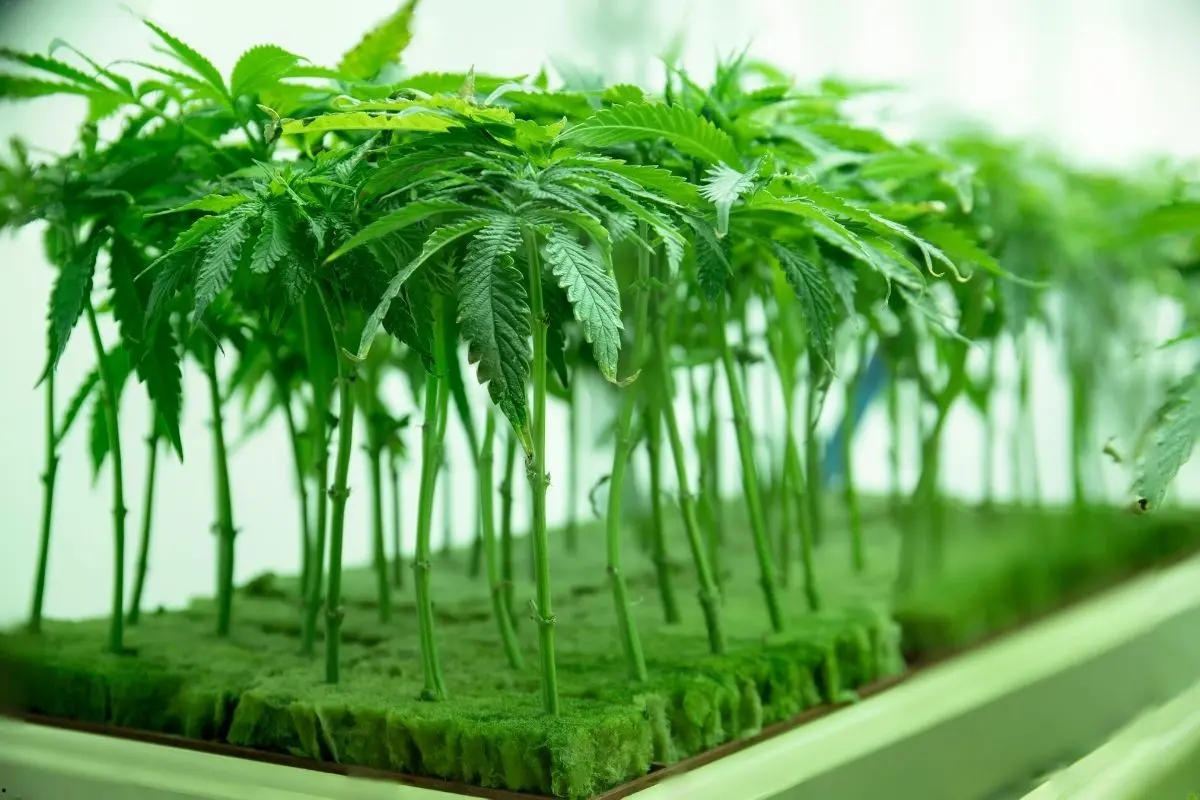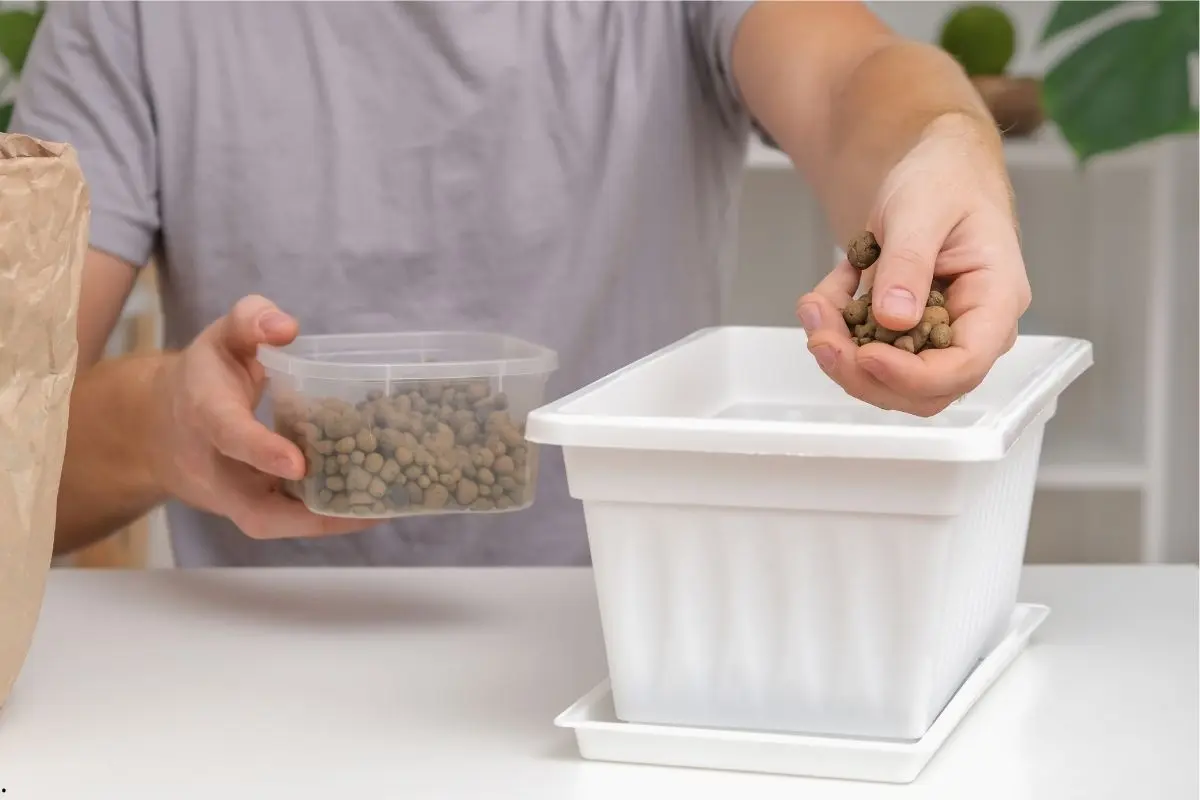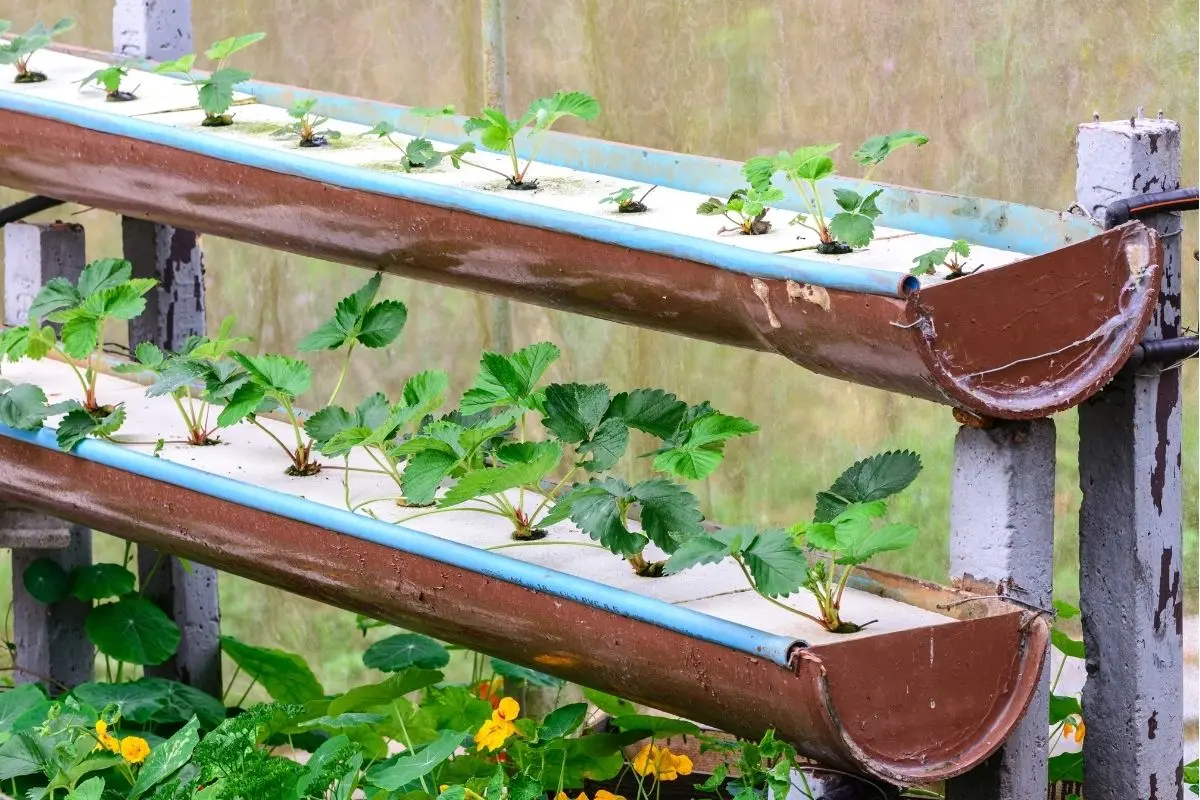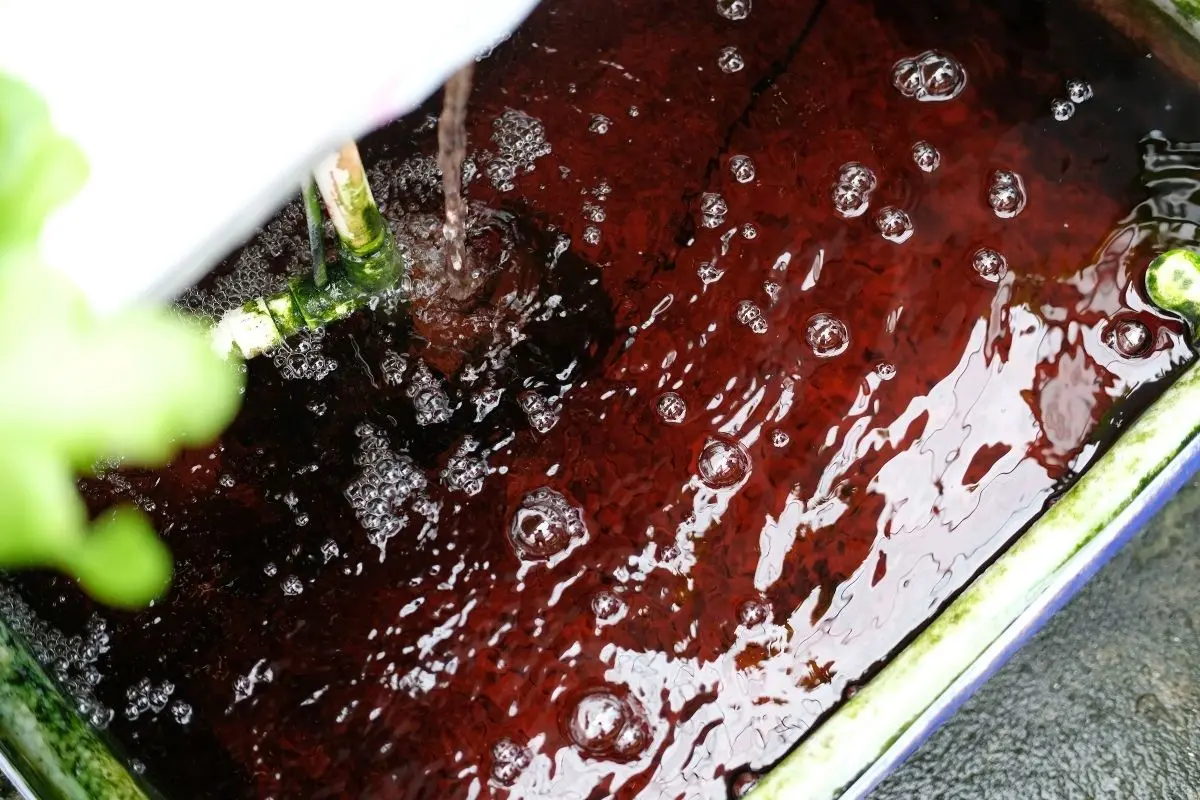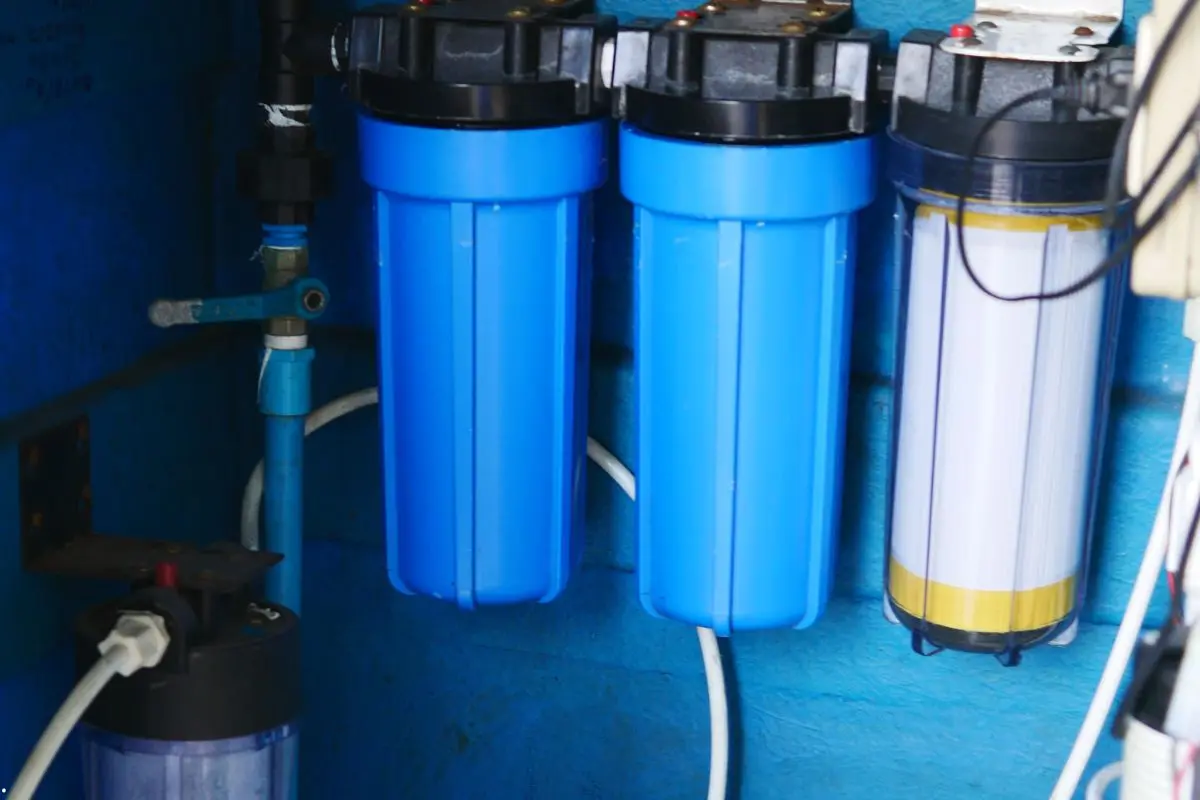Hydroponics is not just one technique but a whole group of methods united by one principle: plants grow without traditional soil. Instead, roots develop in water, nutrient solution, or a fine mist enriched with minerals. Over the years, many systems have been designed, but three stand out among growers: NFT (Nutrient Film Technique), DWC (Deep Water Culture), and aeroponics. Each works differently, which translates into different requirements, costs, and yield potential.
NFT – Nutrient Film Technique
NFT is one of the most recognizable hydroponic methods. Roots rest in channels where a thin layer (film) of nutrient solution constantly flows. This provides both oxygen and nutrients at the same time.
Advantages of NFT:
- Constant access to fresh nutrients.
- Efficient use of water and fertilizers – solution circulates in a closed loop.
- Roots receive both oxygen and nutrition simultaneously.
Disadvantages:
- Strong dependence on pumps – failure quickly damages roots.
- Less suitable for large, heavy plants – works best for lighter varieties and seedlings.
Practical tip: Check regularly that the pump runs smoothly and that channels are not blocked by roots or salt buildup.
DWC – Deep Water Culture
In a DWC system, roots are submerged directly in a reservoir filled with nutrient solution, constantly aerated by an air pump. This method is simple, affordable, and very popular with beginners.
Advantages of DWC:
- Simple design and low setup cost.
- Extremely fast plant growth thanks to abundant water and nutrients.
- Easy to scale – start small and expand later.
Disadvantages:
- High risk of oxygen deficiency if the air pump fails.
- Requires frequent pH and EC monitoring.
- Large plants need stronger aeration systems.
Practical tip: Keep water temperature between 18–20°C to prevent root rot and Pythium infections.
Aeroponics – Growing in the Mist
Aeroponics is the most advanced and futuristic method. Roots hang in the air and are sprayed with a nutrient-rich mist. This provides maximum oxygen access while delivering nutrients directly.
Advantages of aeroponics:
- Extremely fast growth and high yields.
- Very efficient use of water and fertilizers.
- Ideal oxygen conditions for roots.
Disadvantages:
- Expensive to set up and complex to manage.
- Strong reliance on electronics – pump failure can kill plants within hours.
- Requires advanced knowledge and maintenance skills.
Practical tip: Always have a backup pump and emergency power supply – even short misting interruptions can destroy the root system.
Comparison Table of Hydroponic Systems
| System | How it Works | Advantages | Disadvantages | Best For |
|---|---|---|---|---|
| NFT | Thin nutrient film flows under roots | Water-saving, balance of O₂ + nutrients | Pump failure risk, not ideal for large plants | Intermediate growers, seedlings |
| DWC | Roots submerged in aerated nutrient solution | Simple, cheap, rapid growth | Risk of oxygen deficiency, needs pH/EC checks | Beginners, hobby growers |
| Aeroponics | Roots sprayed with nutrient mist | Fastest growth, maximum efficiency | Expensive, complex, vulnerable to failures | Advanced & commercial growers |
Conclusion
NFT, DWC, and aeroponics represent three distinct faces of hydroponics. NFT is ideal for growers looking for efficiency and balance, DWC is a perfect entry point for beginners, and aeroponics offers a playground for advanced growers chasing maximum yield.
The right choice depends not just on budget but also on how much time and attention you’re willing to devote to system maintenance and monitoring. With the right setup, hydroponics unleashes the full potential of your plants, delivering healthy, vigorous growth and excellent harvests.

